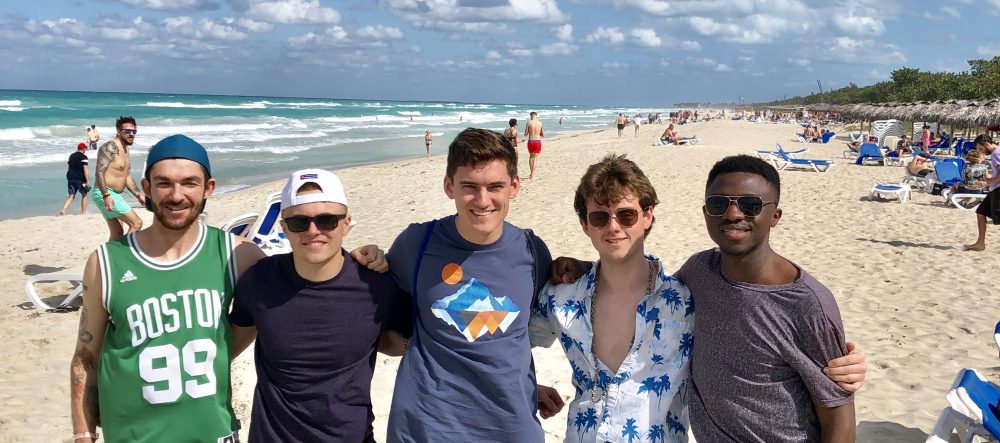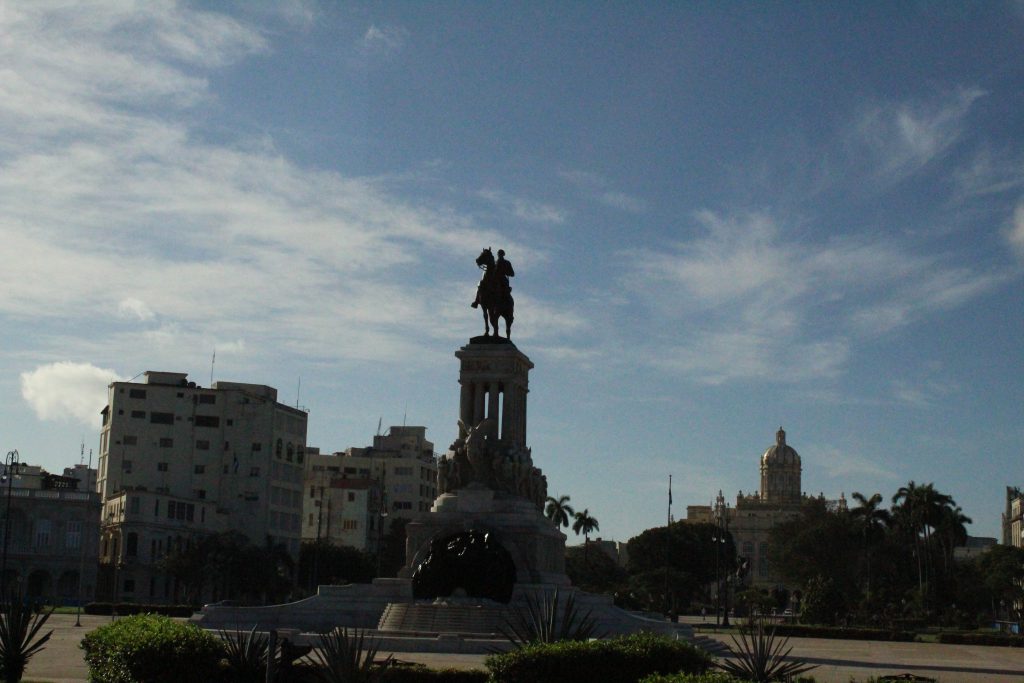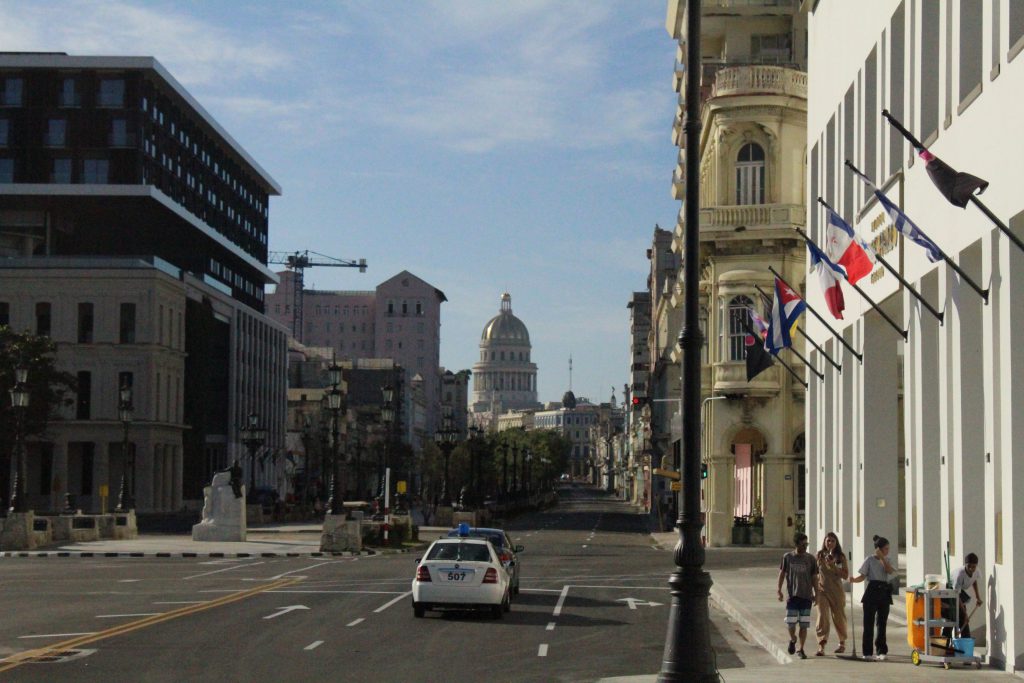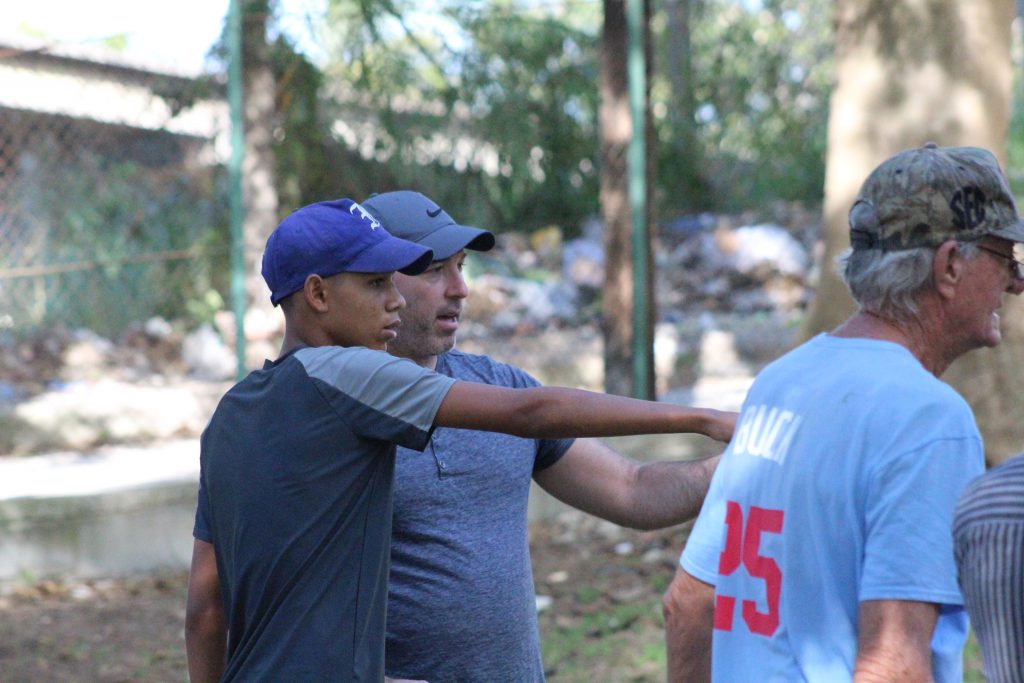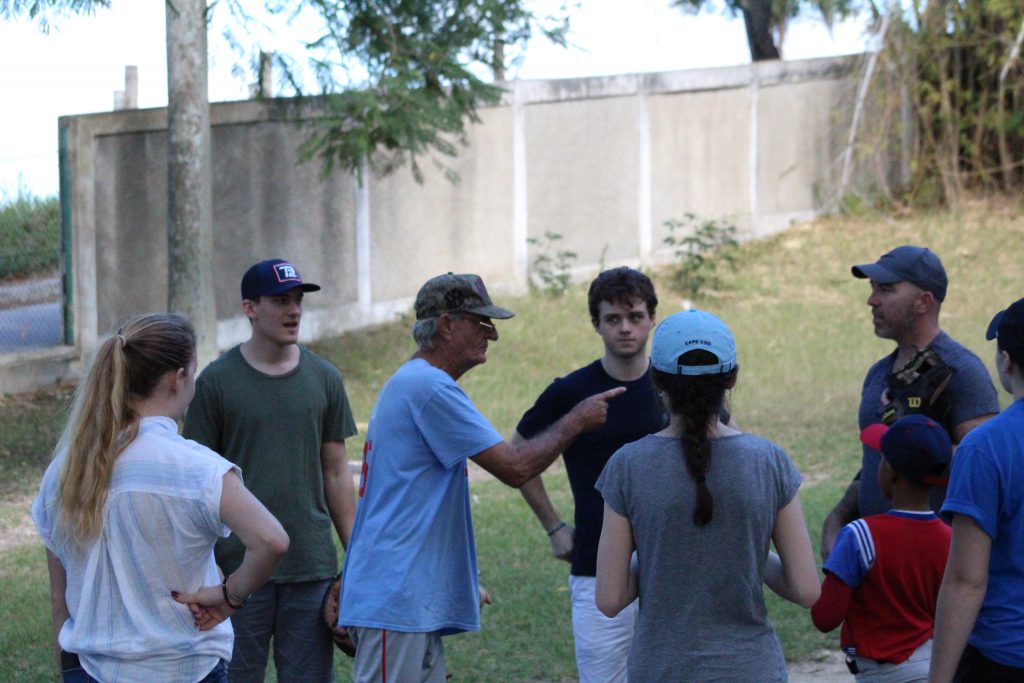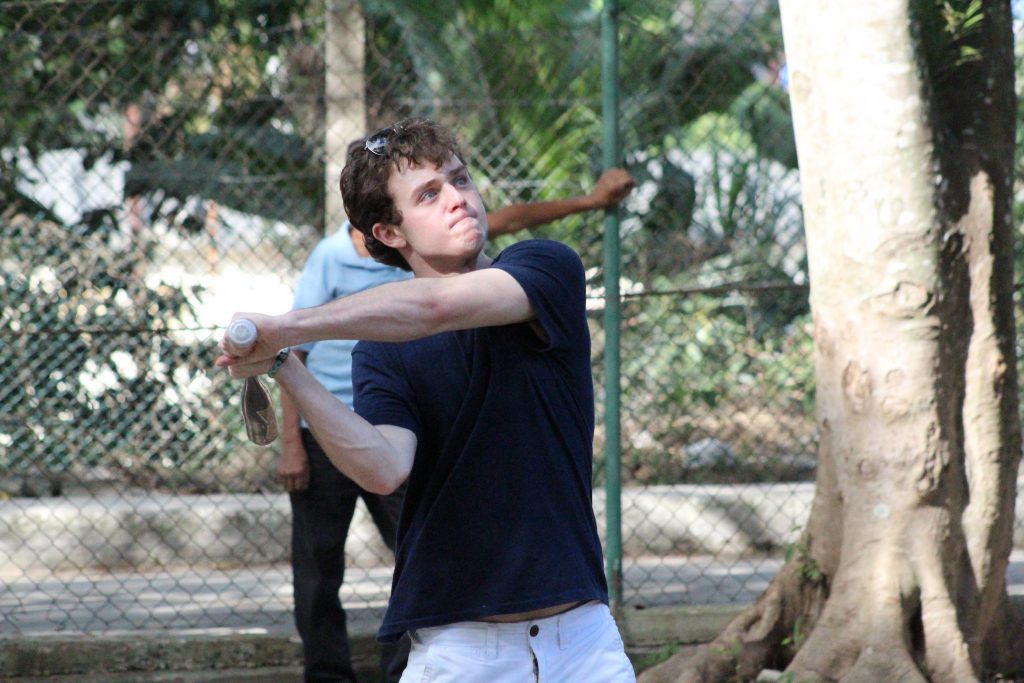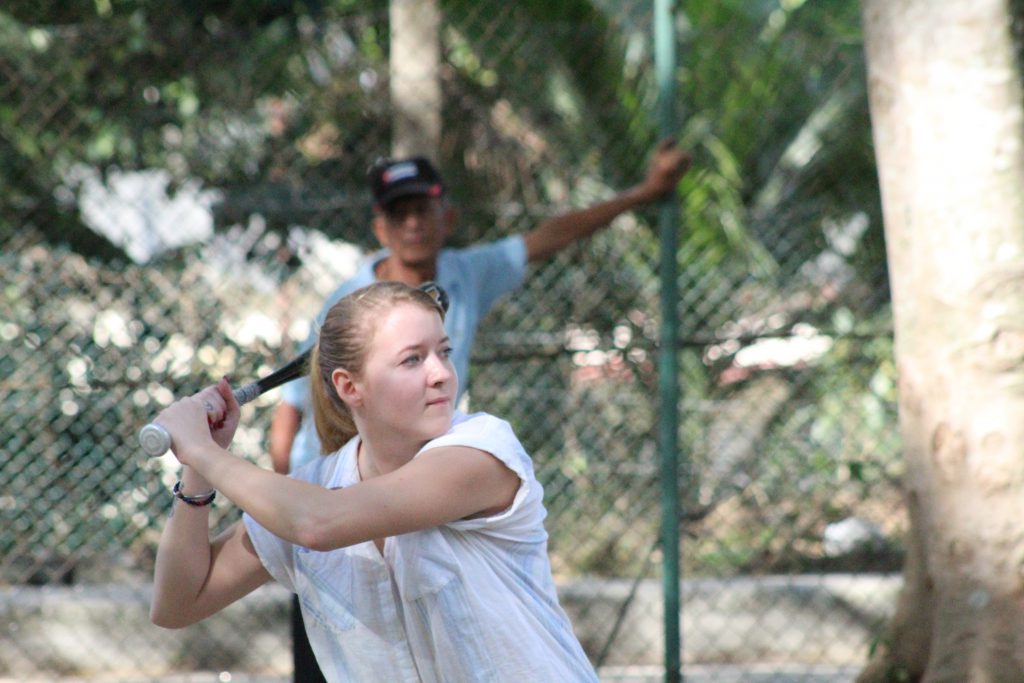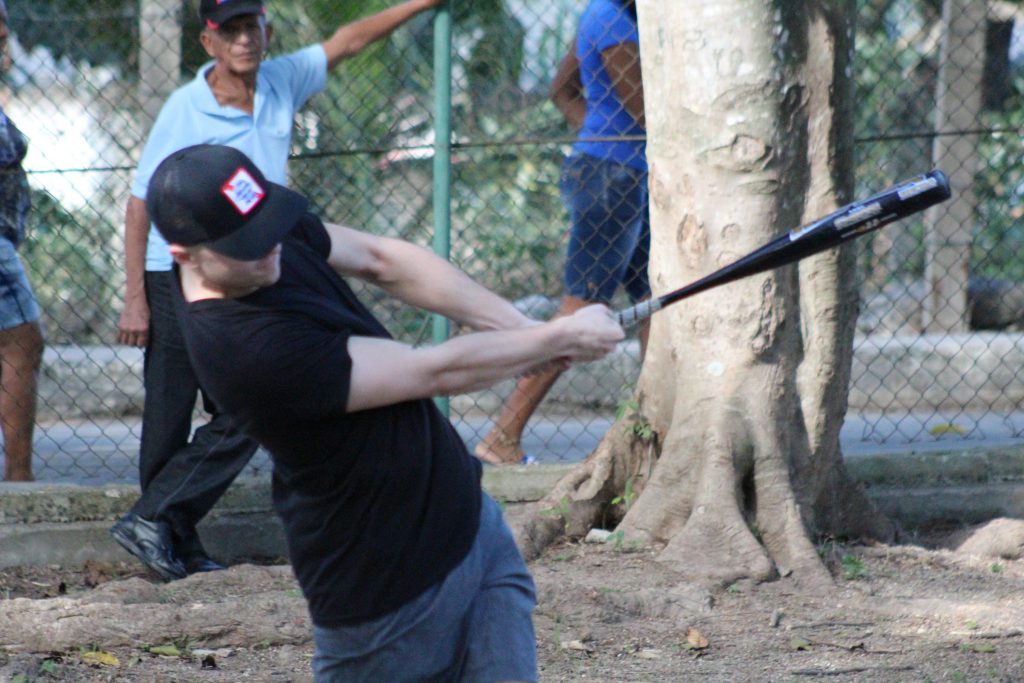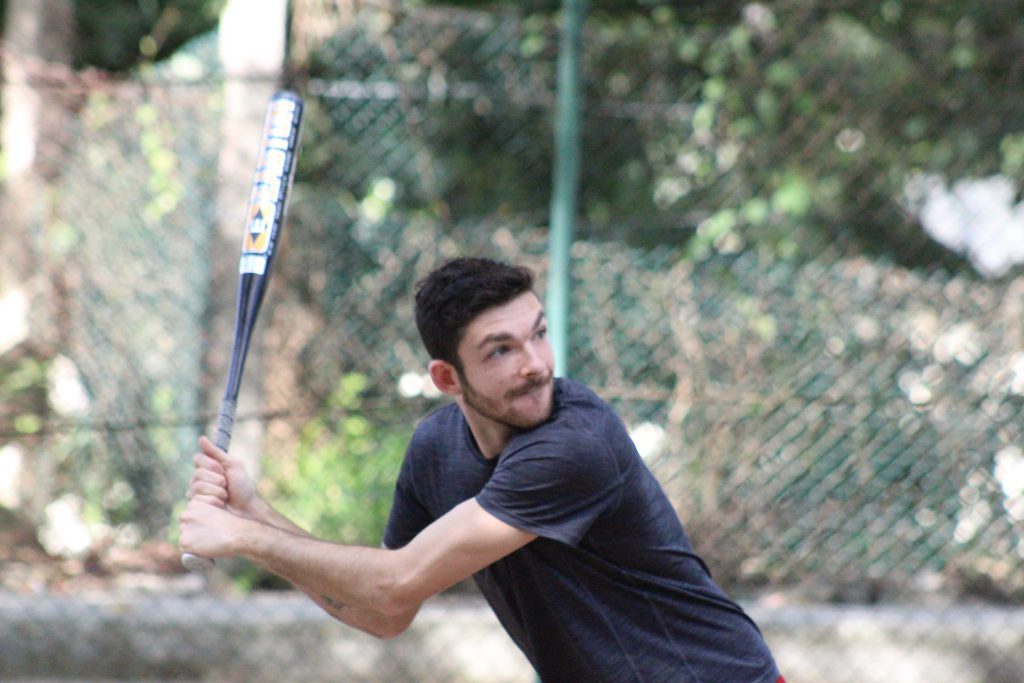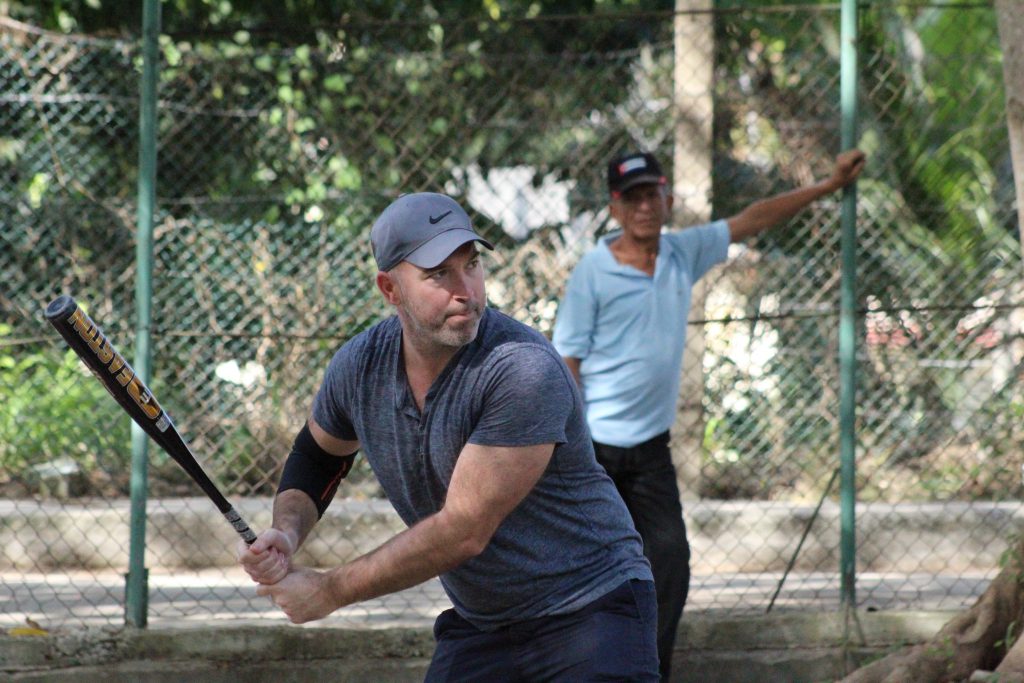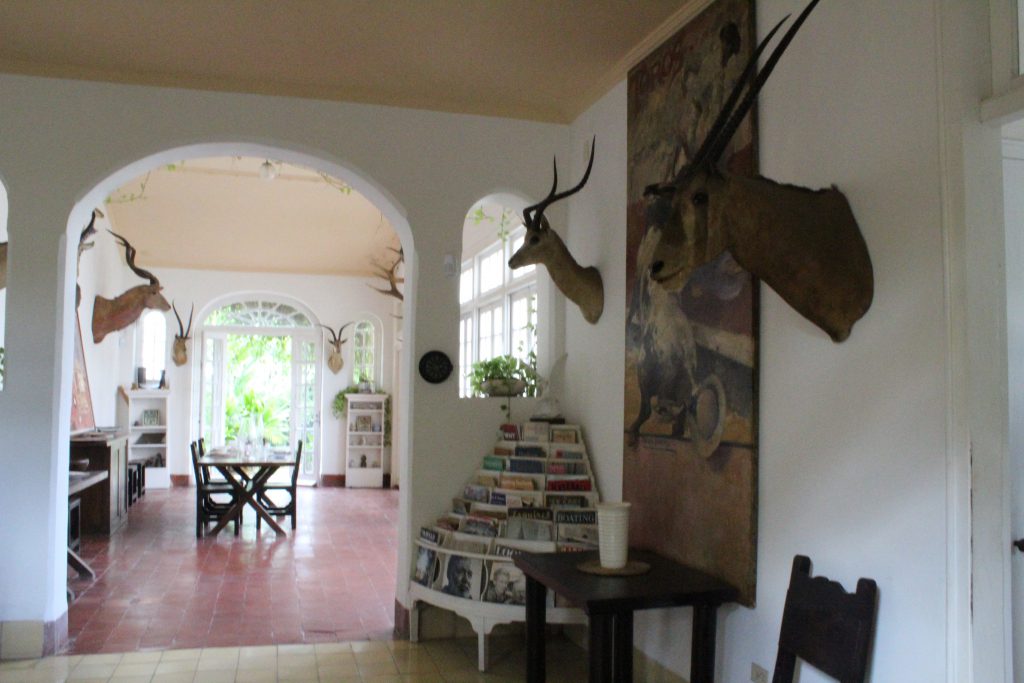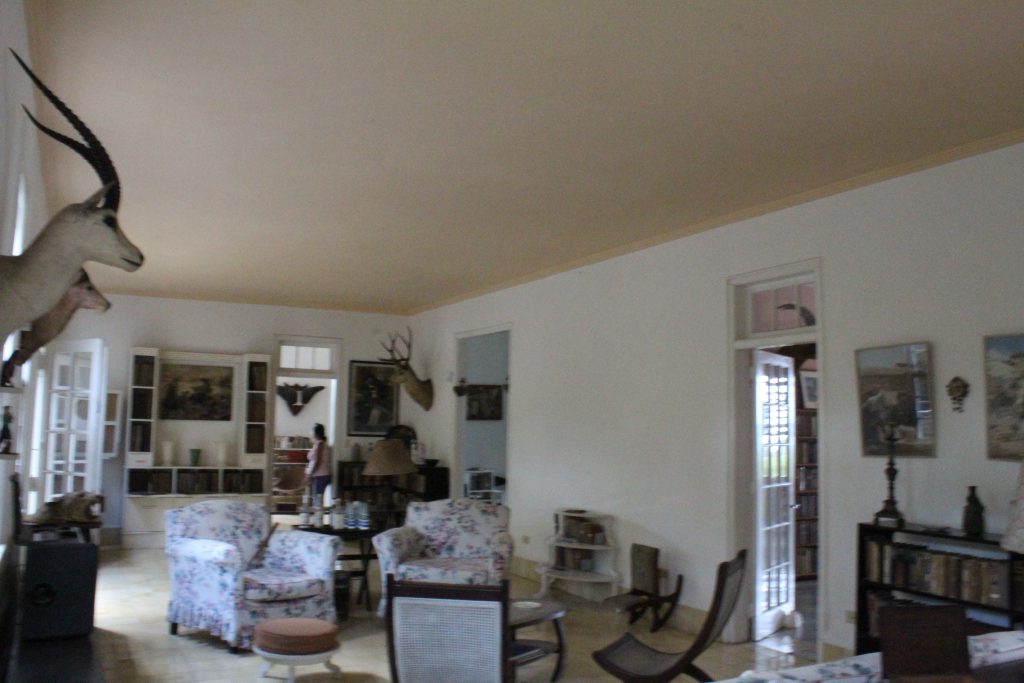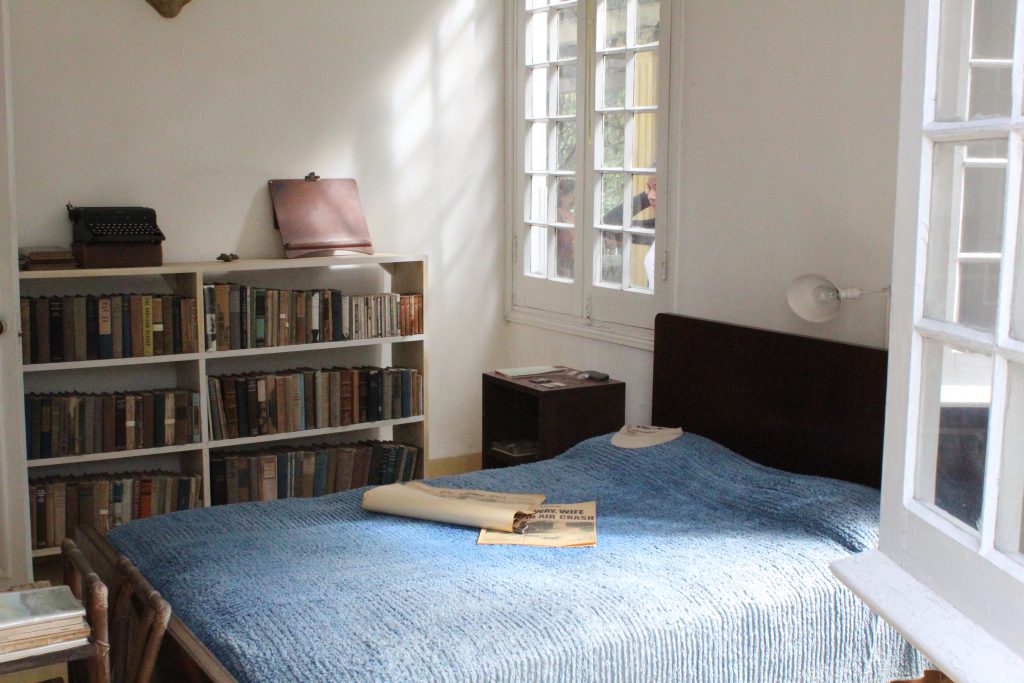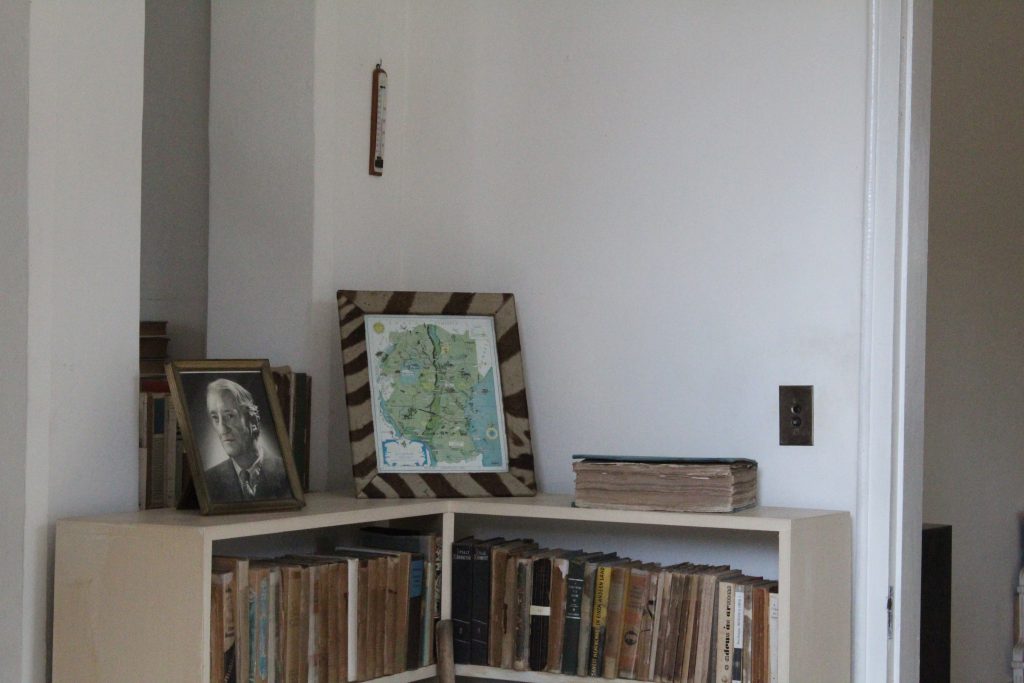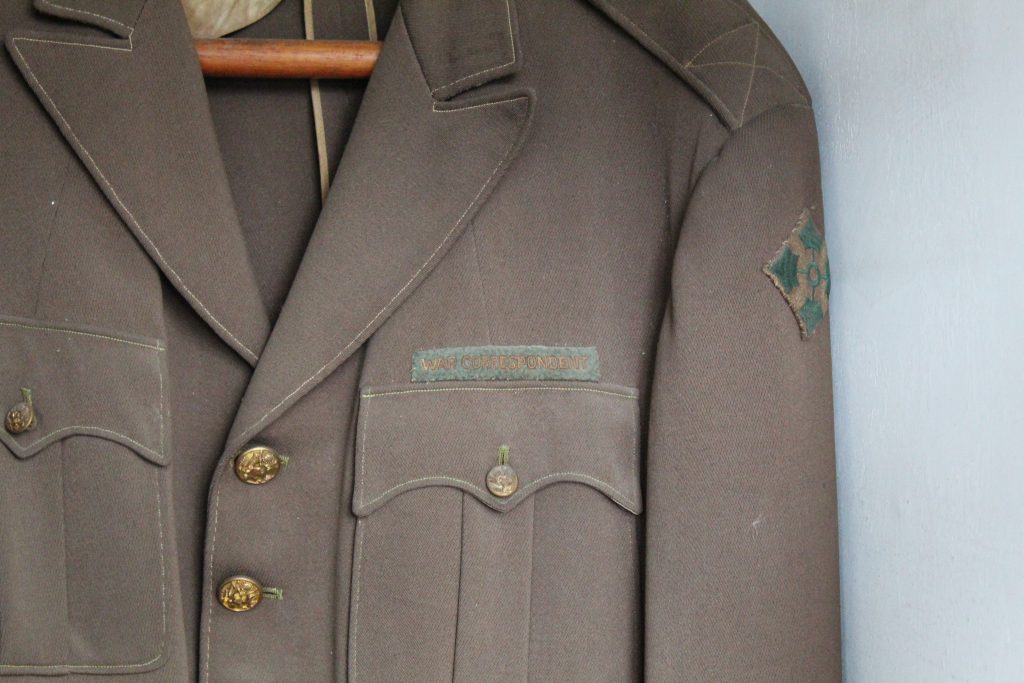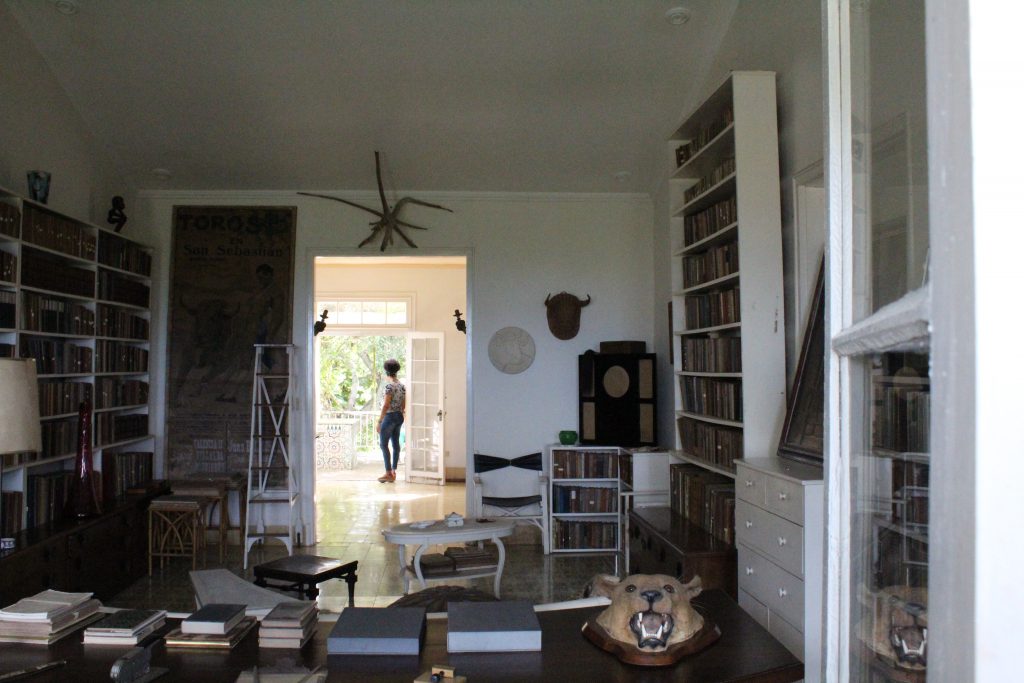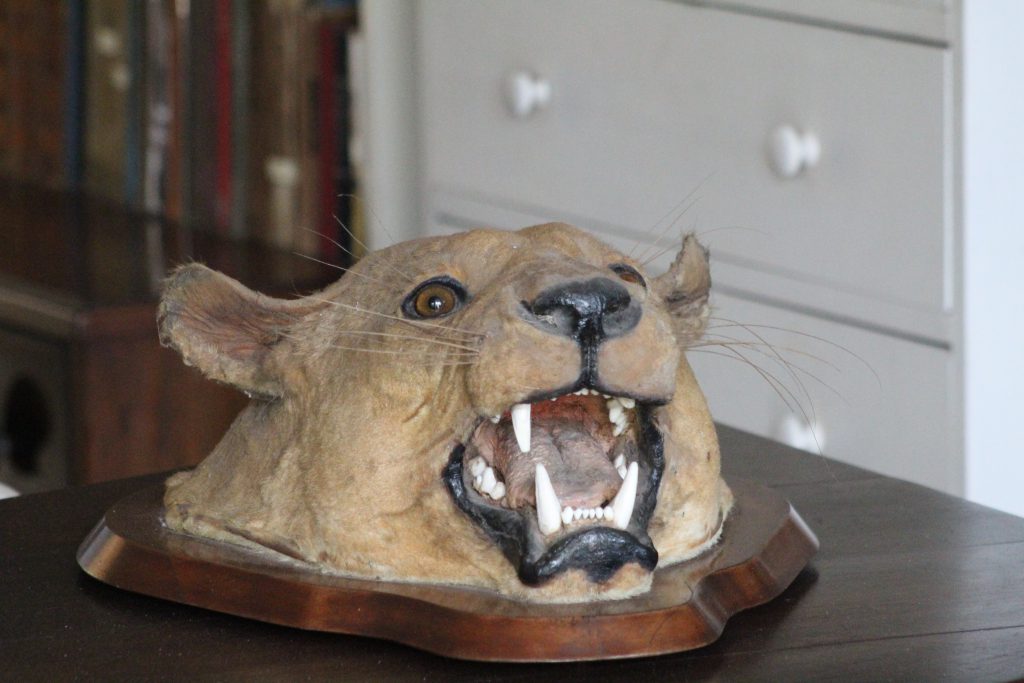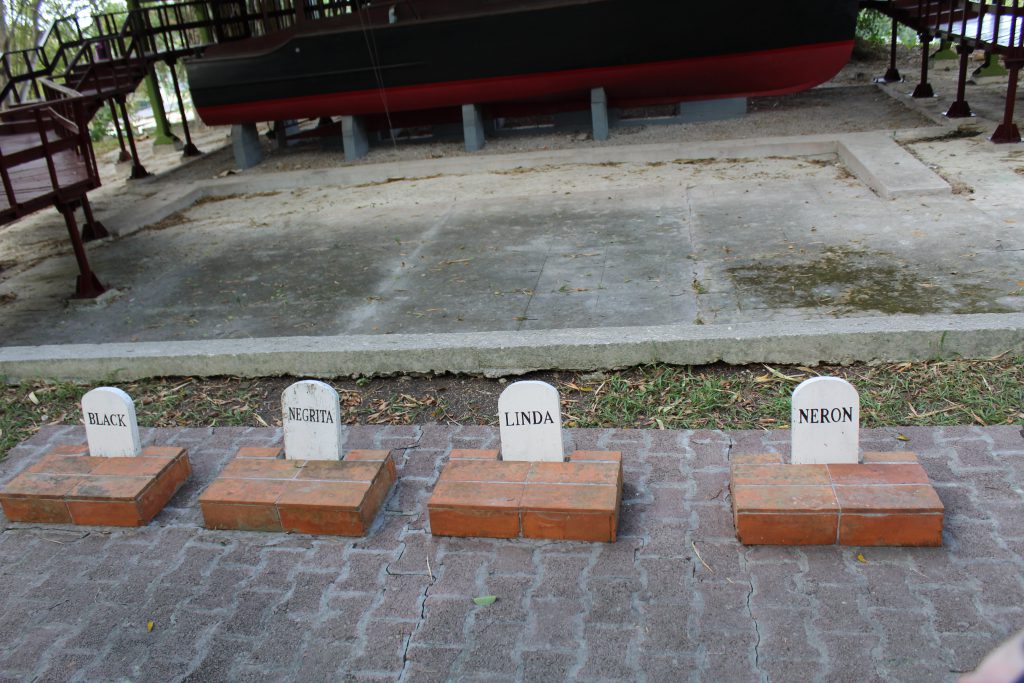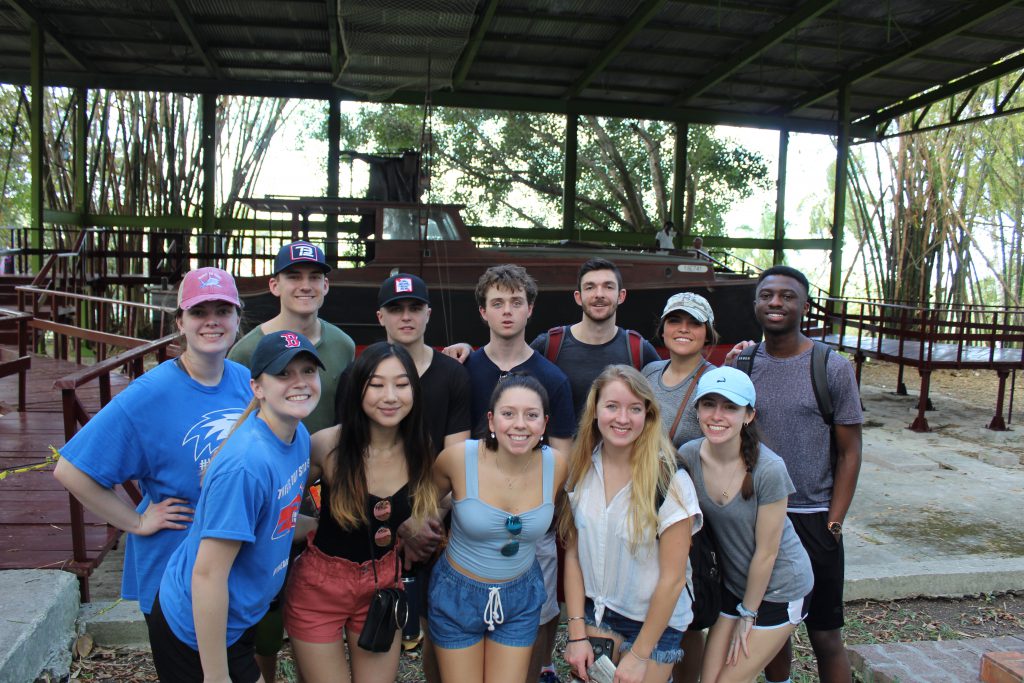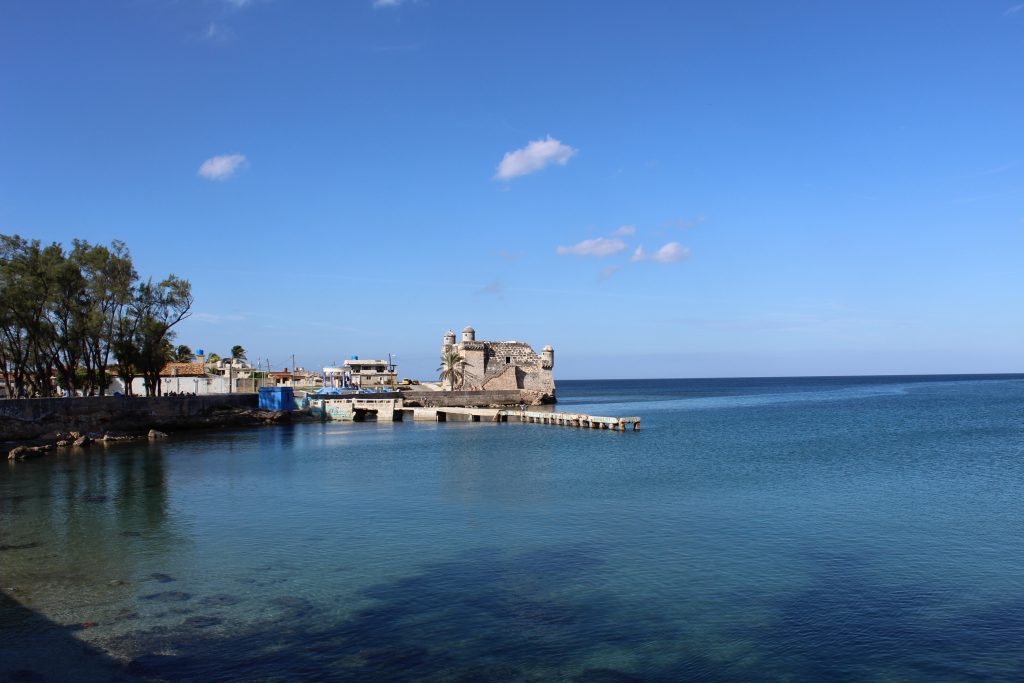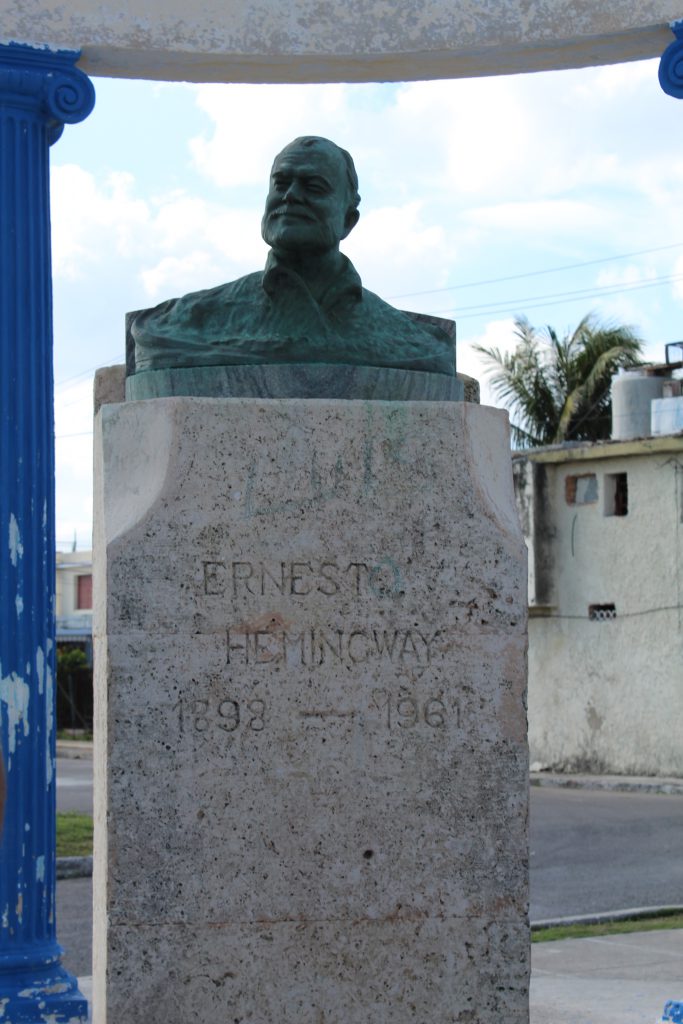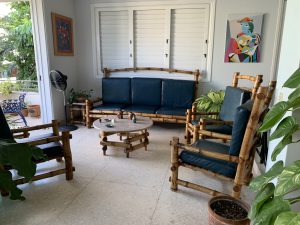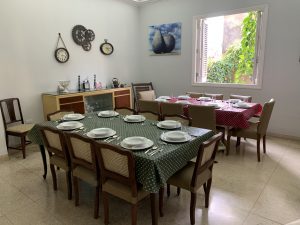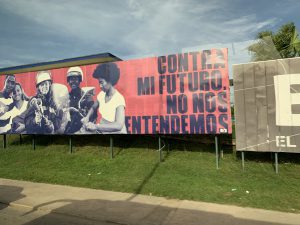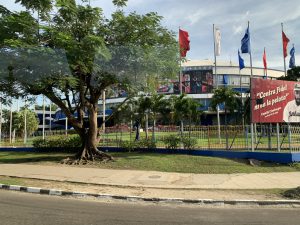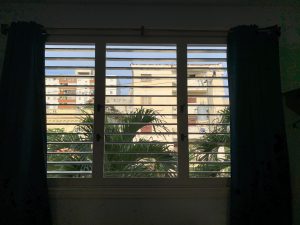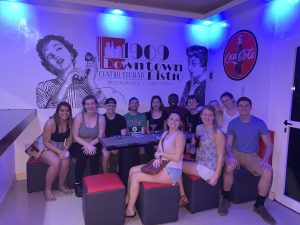January 4th was an eventful day for us students in Cuba. We started with a scenic route around Havana, the capital, which included Cuba’s National Hotel, Cuba’s capitol building, and the statue of Maximo Gomez, a Cuban war hero.
Former UN Translator and our Cuba Expert, Ana Elena, introduced to the Cuban customs when building statues of their heroes. If the statue is mounted on a reared horse, the hero died during battle; however, if their horse is standing properly, the hero died of natural causes. Additionally, if the statue is oriented towards the sea, the hero was either a foreigner or was a Cuban who died abroad. In the case of Maximo Gomez, his statue is on a horse which is standing properly, but is also oriented towards the sea, because he was a foreign-born Dominican, who died in his old age.
We arrived at our first destination. The residence of the legendary author, Ernest Hemmingway, who lived in Cuba for 27 years. At his residence, there has been a long tradition of children in the area playing baseball in the yard, so today we joined the children to a game of ball.
We started with the ‘jefe’ or boss, creating the two teams, evenly split between us college students and the children.
The game started between our two teams, for several minutes, a stalemate occurred where neither team could get the edge on the other. We struggled to score runs, but neither team was successful with the score 15 minutes in remaining at 0-0.
In the end, there were a total of 3 runs scored, with two of them being home runs, one of which scored by our UML student Scott, the other by an older Cuban gentleman who had a passion for baseball. The final tally being 2-1.
After our fun game of baseball, we continued into the rest of the Hemmingway Estate, where we were able to get a peek into his home, which has been virtually untouched since he left in 1960. We were able to see into his living room which were watched over by the heads of the game which he caught during his trips to Southeastern Africa. Antelopes and Wildebeest heads lined the walls with chairs and tables in the center of the room for seating in the 1900s style.
In his bedroom we were able to see his favorite books which were in a bookshelf on the left to his bed. On his nightstand were his glasses neatly sat out of their case, as if he had woken up and walked out. One thing I found interesting was the map of British East Africa, which was a colony under the British Empire and is composed of the modern-day nations of Kenya, Uganda, and Tanzania. This map is peak into history as whilst Ernest Hemmingway was living in Cuba, these nations were still under British colonial rule. In Hemmingway’s closet, we were able to see his hats, boots, and his war correspondent jacket from his time in with Time magazine. The greenish-brown colors of the jacket are reminiscent of the U.S. military uniform during the Second World War. In his personal restroom, we saw his toilet and his shower complete with (the thing that goes above toilets), all in 1920s technology, allowing us to take a peek into the past. The most intriguing thing about Ernest Hemmingway is that he kept track of his height and weight on his wall for several years. We can see that between 1954 and 1960 his weight hovered between 198 and 235lbs. In Hemmingway’s study, we can see his desk which is the home several books and perhaps his prized possession, the head of a hunted leopard. In Hemmingway’s backyard, his four dogs, Black, Negrita, Neron, and Linda. Interestingly enough, two of the dogs were named black in two different languages, English, and Negrita, being the feminine adjective for black in Spanish.
Once we left Hemmingway’s house, we went to Cojimar, the place of origin of Santiago, the protagonist in Hemmingway’s novel, Old Man and the Sea, where we ate authentic Cuban taros, which are fried battered fish poppers. Additionally, we met the grandson of Santiago who still lives in Cojimar. He took us on a tour and showed us the area including the one of the first monuments of Ernest Hemmingway ever built worldwide, which is next to the Torreon which is a castle on the shore of a sea. The statue looks out towards the sea, which I believe is a play on the statue Cuban customs; as Hemmingway was a foreigner and left the country, his statue looks out towards the ocean, north, which is where he was from.
